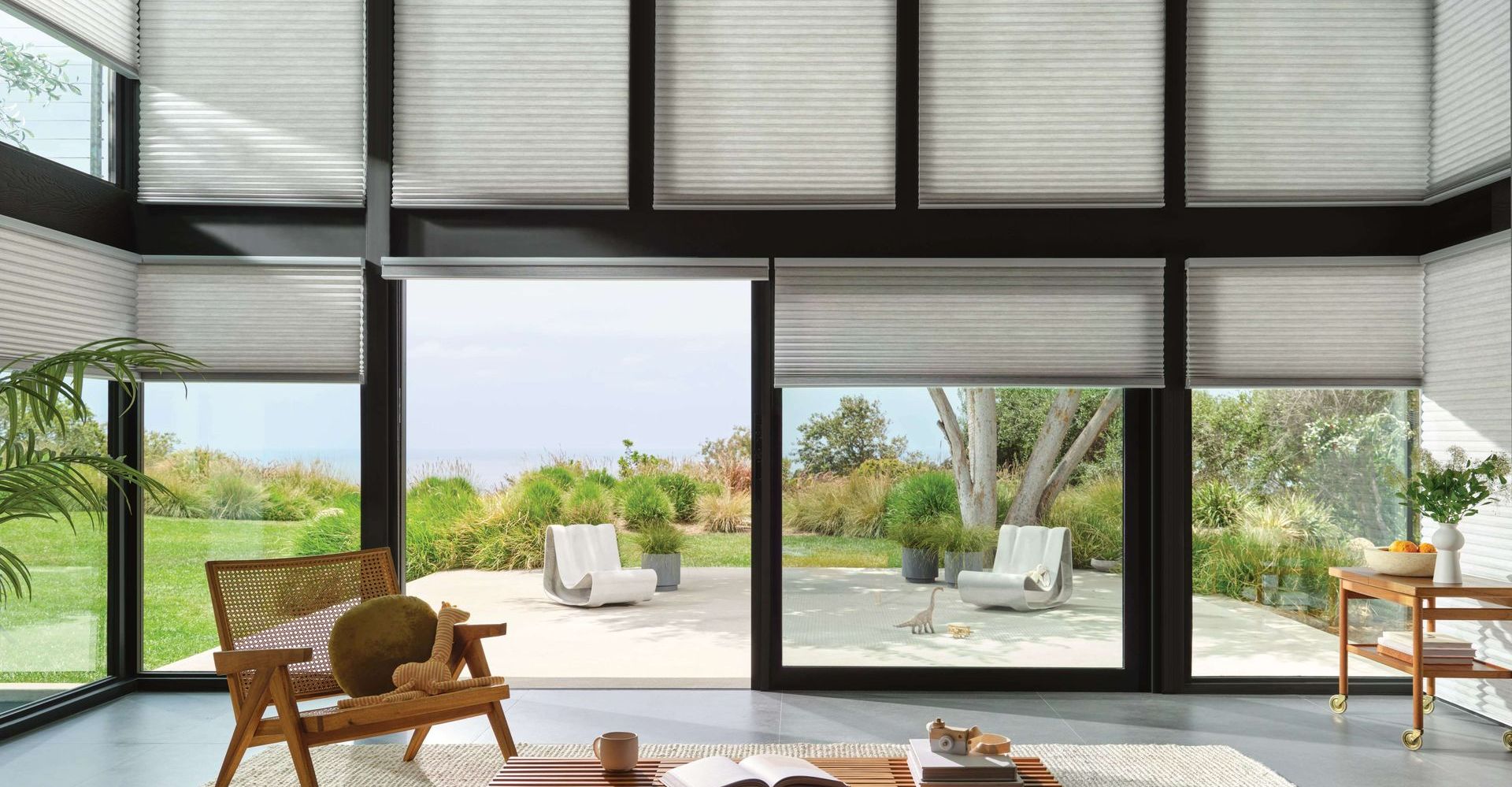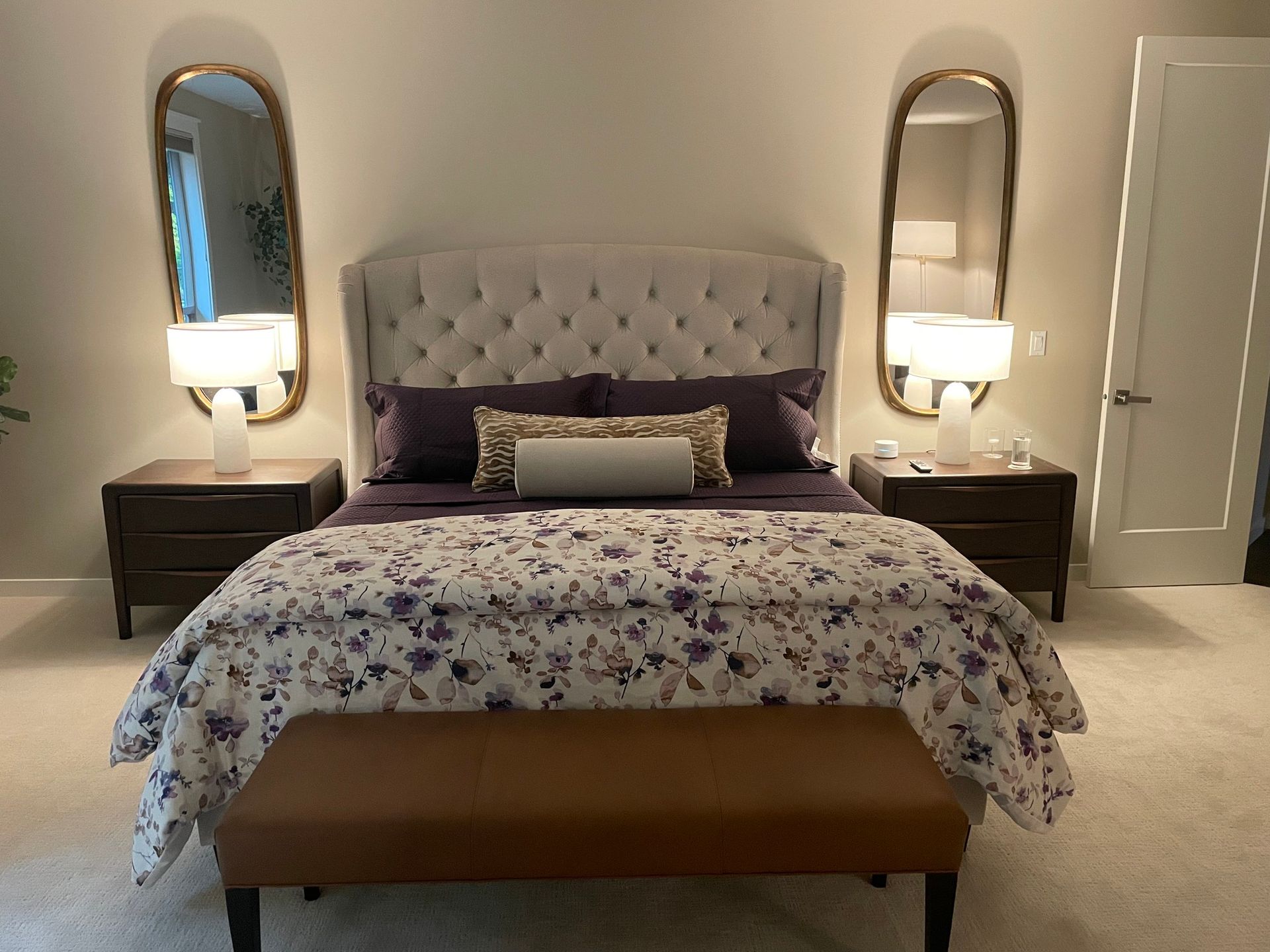What to Know About Non-Toxic Window Treatments for Your Family
Everything You Need to Know About Non-Toxic Window Treatments

Creating a safe and healthy home environment is a top priority for many families, and window treatments are often an overlooked aspect of that goal. Non-toxic window treatments are an essential consideration, as they contribute to better indoor air quality and reduce exposure to harmful chemicals. By choosing safe and sustainable options, you not only enhance your home's aesthetics but also protect the well-being of your loved ones.
Why Should I Get Non-Toxic Window Treatments?
Many conventional window treatments are made with materials or finishes that release volatile organic compounds (VOCs) into the air. VOCs can contribute to poor indoor air quality and have been linked to a range of health issues, including respiratory problems, allergies, and long-term illnesses. Non-toxic window treatments are crafted without harmful chemicals, making them a safer choice for families, especially those with children or individuals with sensitivities.
Non-toxic options also support sustainability by using eco-friendly materials and manufacturing processes. By selecting treatments that are free of toxins, you are making an investment in your family's health and the environment.
How Are Non-Toxic Blackout Curtains Different?
Non-toxic blackout curtains differ from traditional blackout curtains in their material composition and manufacturing process. Many standard blackout curtains use synthetic fabrics coated with chemical-based finishes to achieve their light-blocking properties. These finishes can off-gas harmful VOCs into your home over time.
Non-toxic blackout curtains, on the other hand, use natural or responsibly sourced synthetic materials that are free from harmful chemicals. Organic cotton, linen, and bamboo blends are popular choices. Some non-toxic options achieve blackout functionality through layered, tightly woven fabrics rather than chemical coatings, ensuring safety without sacrificing effectiveness.
These curtains provide the same benefits as traditional blackout options, including improved sleep quality, enhanced privacy, and better energy efficiency, while prioritizing your health.
Non-Toxic Window Treatments
There are various non-toxic window treatment options available that cater to different needs and styles. Each type offers unique benefits while keeping your home free from harmful chemicals.
Shades
Non-toxic shades are an excellent choice for homes looking to balance simplicity and functionality. Materials like bamboo, jute, and organic cotton are commonly used for eco-friendly and chemical-free shades. These materials not only improve air quality but also bring a natural, earthy aesthetic to your space. Look for shades with natural dyes and finishes to ensure complete non-toxicity.
Blinds
Wooden or metal blinds are often preferred for their durability and style, but not all blinds are created equal. Avoid blinds made from PVC or those treated with harsh chemicals. Opt instead for blinds crafted from untreated, sustainably sourced wood or powder-coated aluminum, both of which are free from VOCs. These materials are safe, long-lasting, and stylish.
Drapes
Non-toxic drapes are available in a wide variety of materials and designs. Organic fabrics such as cotton, hemp, and linen are ideal for families seeking chemical-free options. For added energy efficiency, consider drapes lined with natural materials that provide insulation without introducing harmful finishes.
Should I Get Non-Toxic Curtains for My Nursery?
Absolutely. Nurseries are one of the most important spaces to prioritize non-toxic window treatments. Infants and young children are more vulnerable to the effects of VOCs due to their developing respiratory and immune systems. Non-toxic curtains can help create a safe, clean environment that promotes better sleep and overall health.
Opt for blackout curtains made from organic fabrics to block light during naptime while ensuring air quality remains uncompromised. Avoid synthetic materials with chemical finishes, and ensure that any linings or additional layers are also free of harmful substances.
Are Vinyl Shades Toxic?
Vinyl shades, often made from PVC, are a common but potentially hazardous choice. PVC can release harmful chemicals like phthalates and dioxins, especially when exposed to heat or sunlight. These substances have been linked to various health issues, including endocrine disruption and respiratory problems.
If you currently have vinyl shades, consider replacing them with safer alternatives like bamboo, wood, or metal. These options offer durability and aesthetic appeal without the risks associated with PVC.
Non-toxic window treatments are a simple yet impactful way to prioritize your family's health while creating a beautiful and functional home. By choosing materials and finishes free from harmful chemicals, you can enjoy peace of mind knowing that your living spaces are safe for everyone. Whether you’re updating your nursery, upgrading your blinds, or exploring sustainable shades, there are plenty of stylish and health-conscious options to meet your needs.




